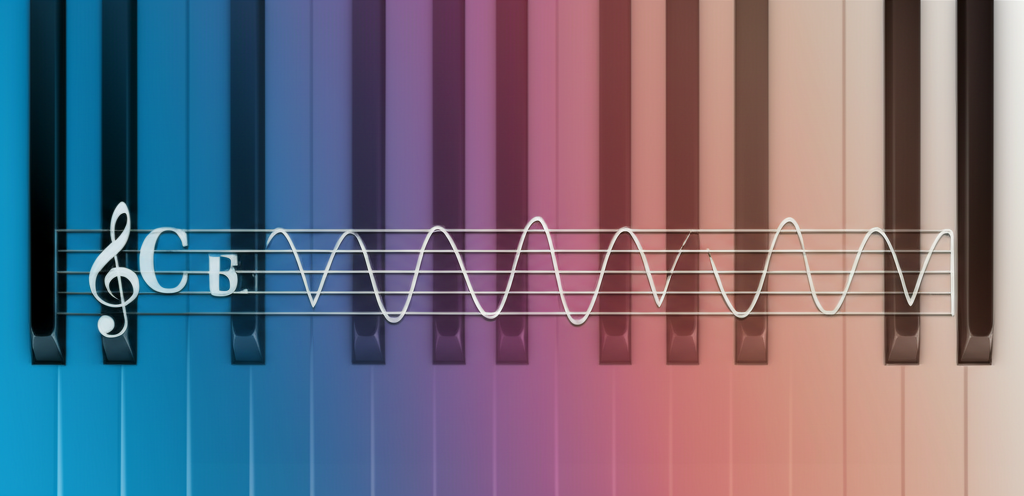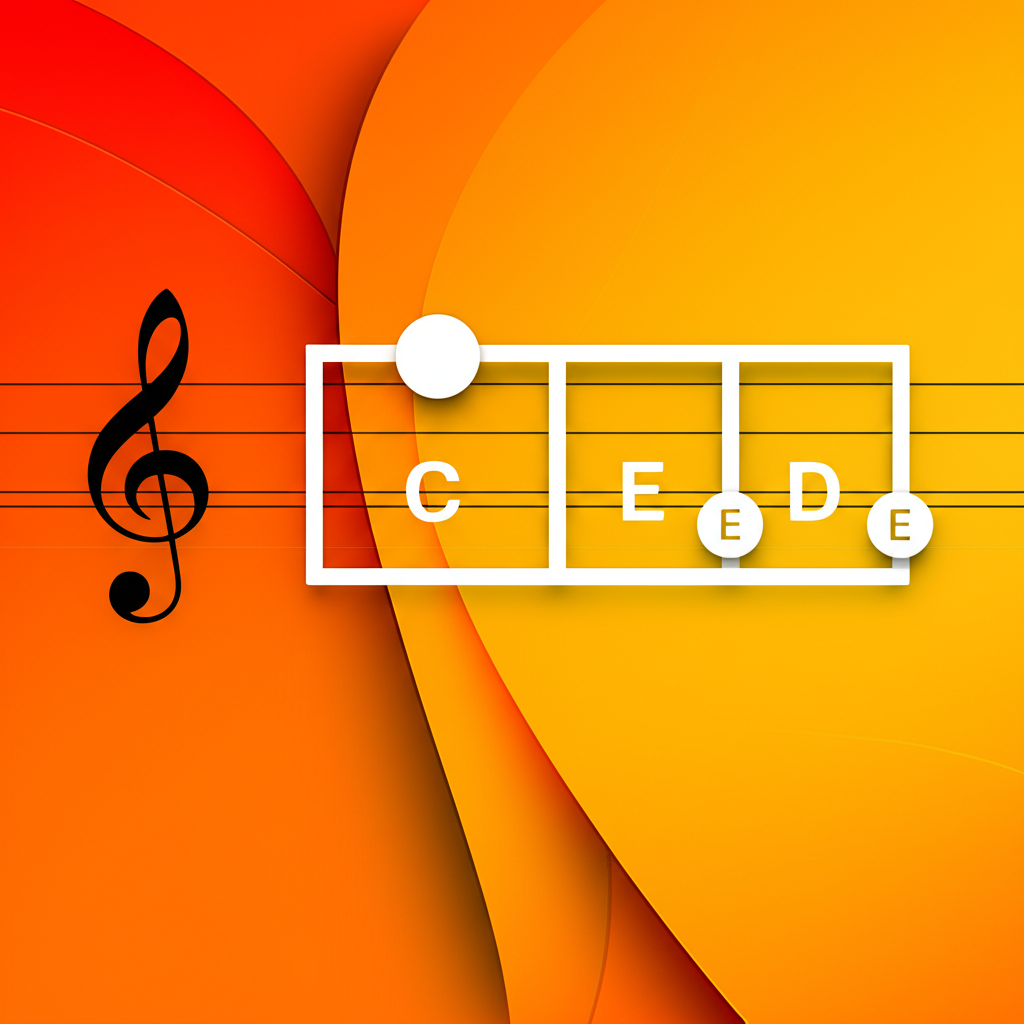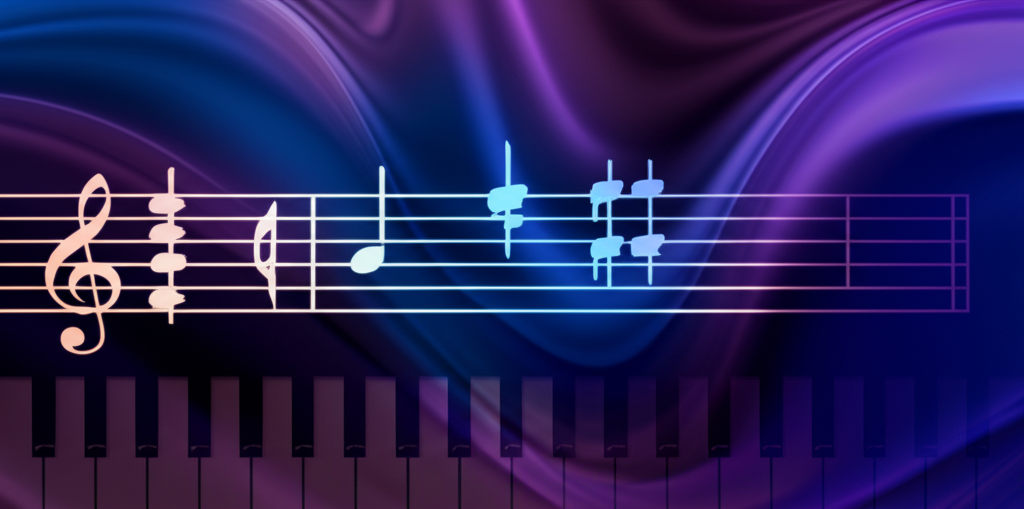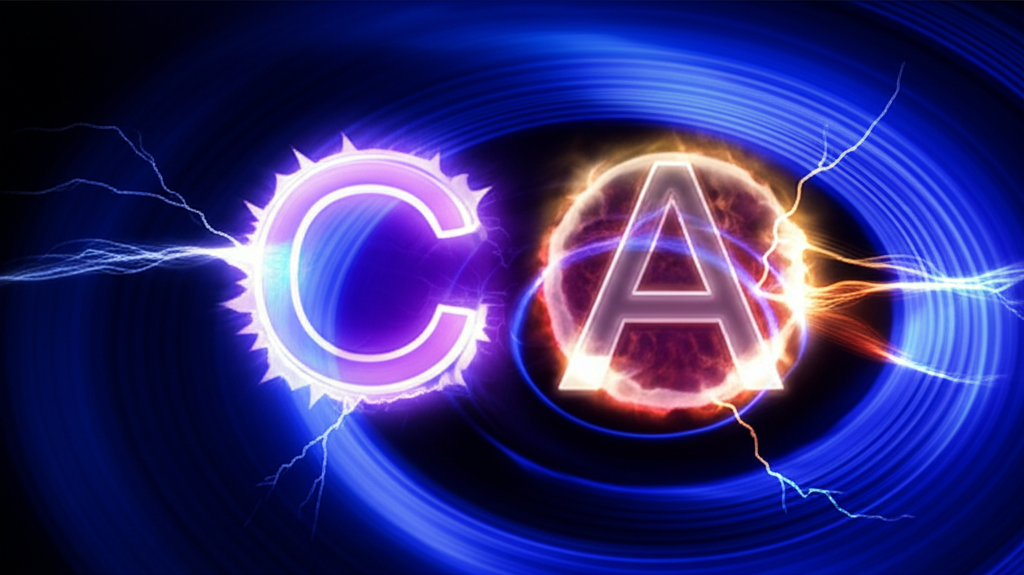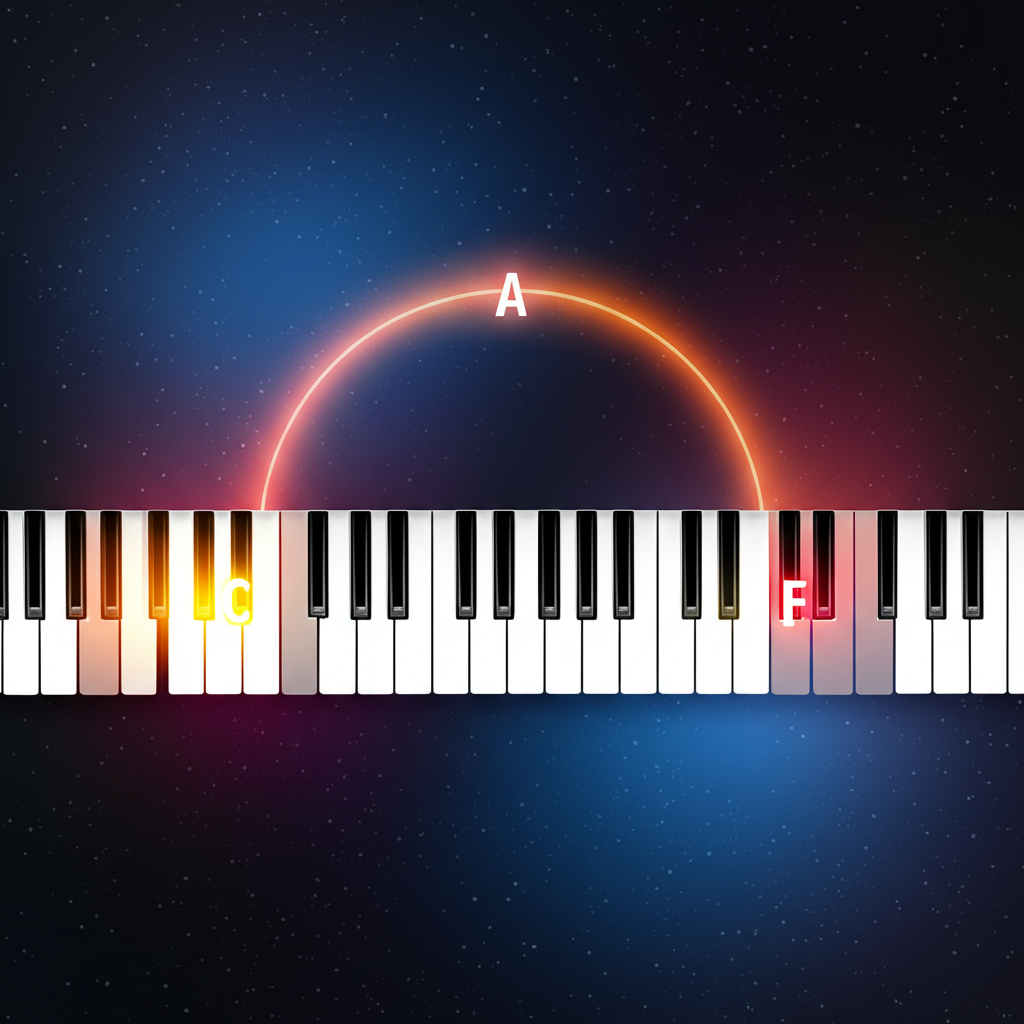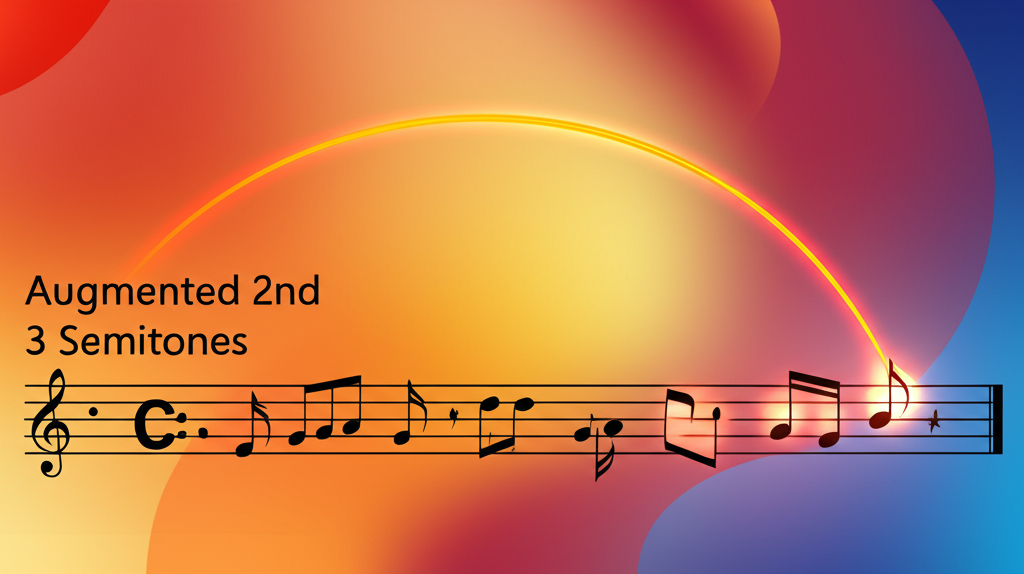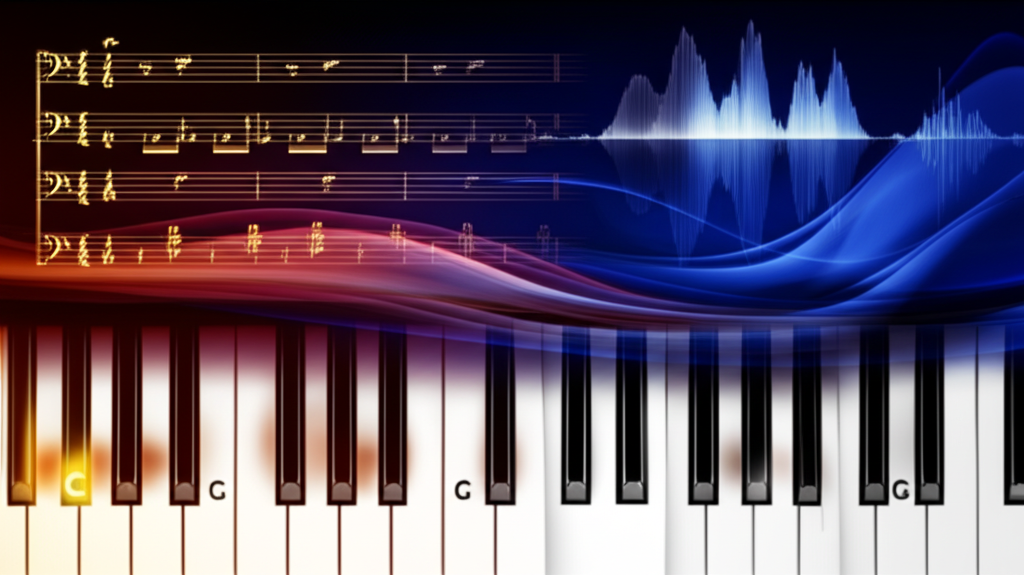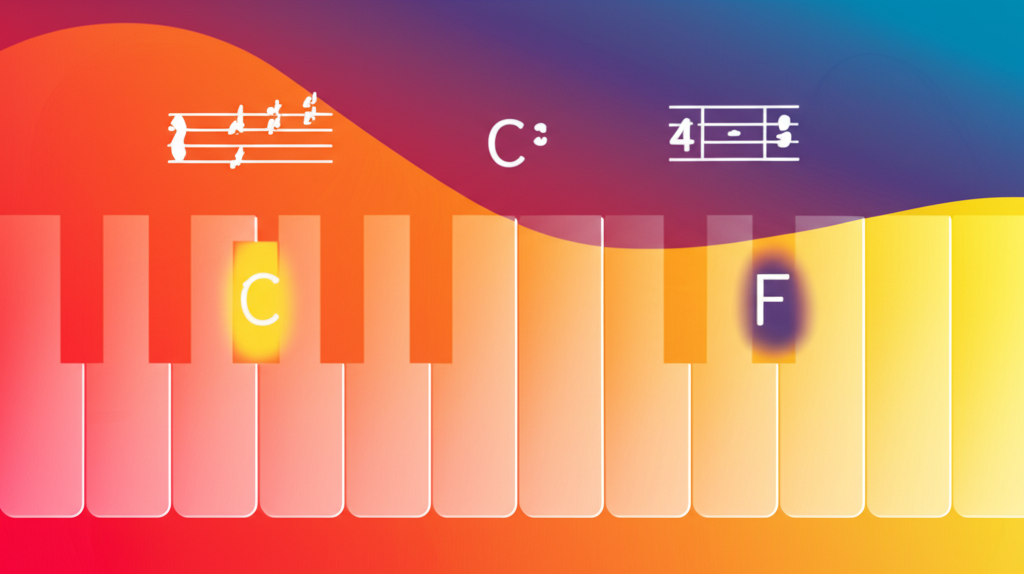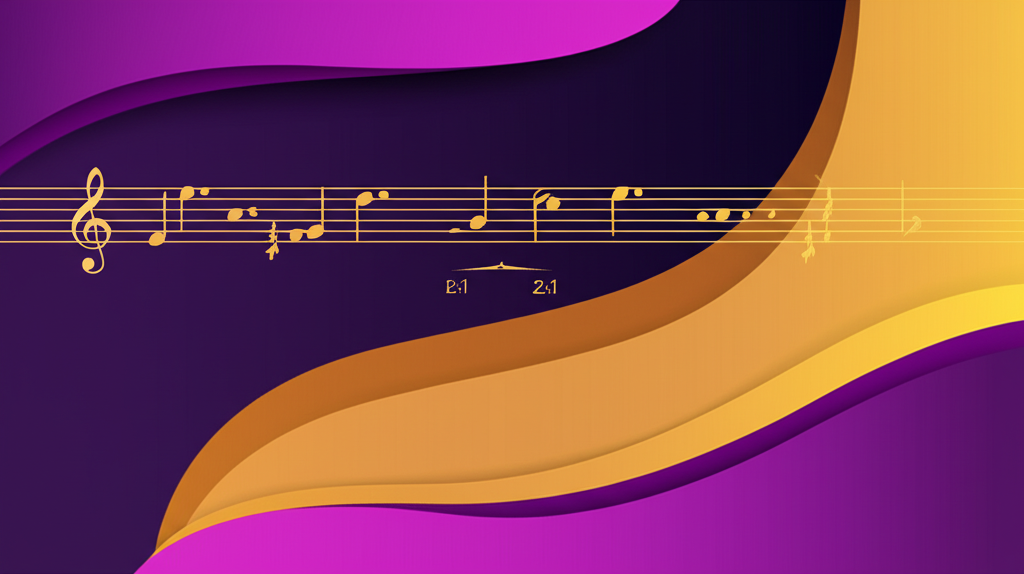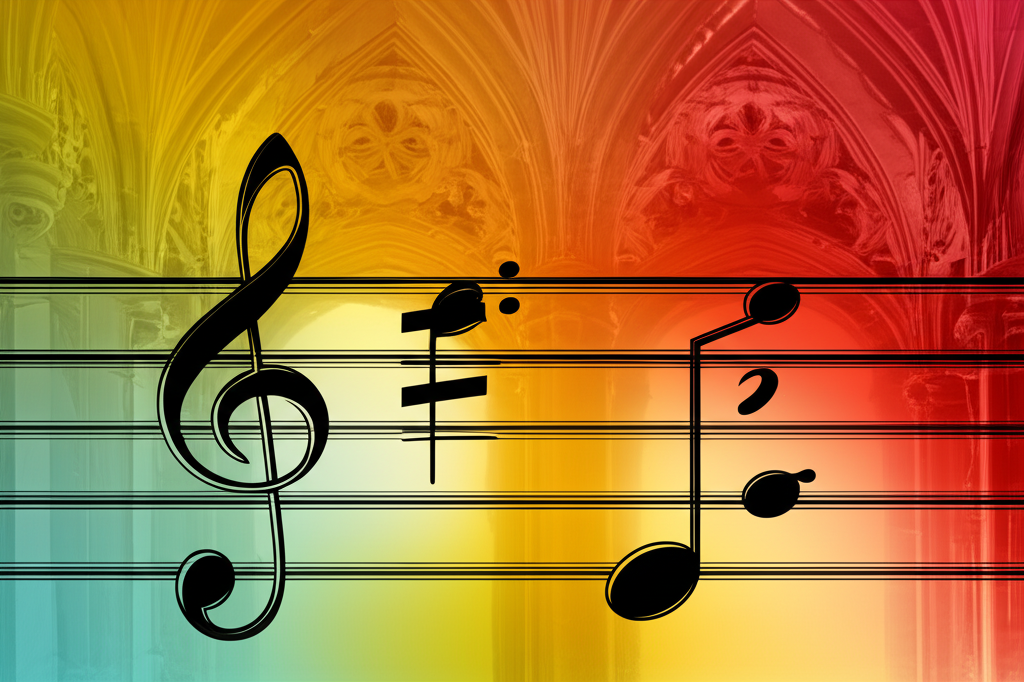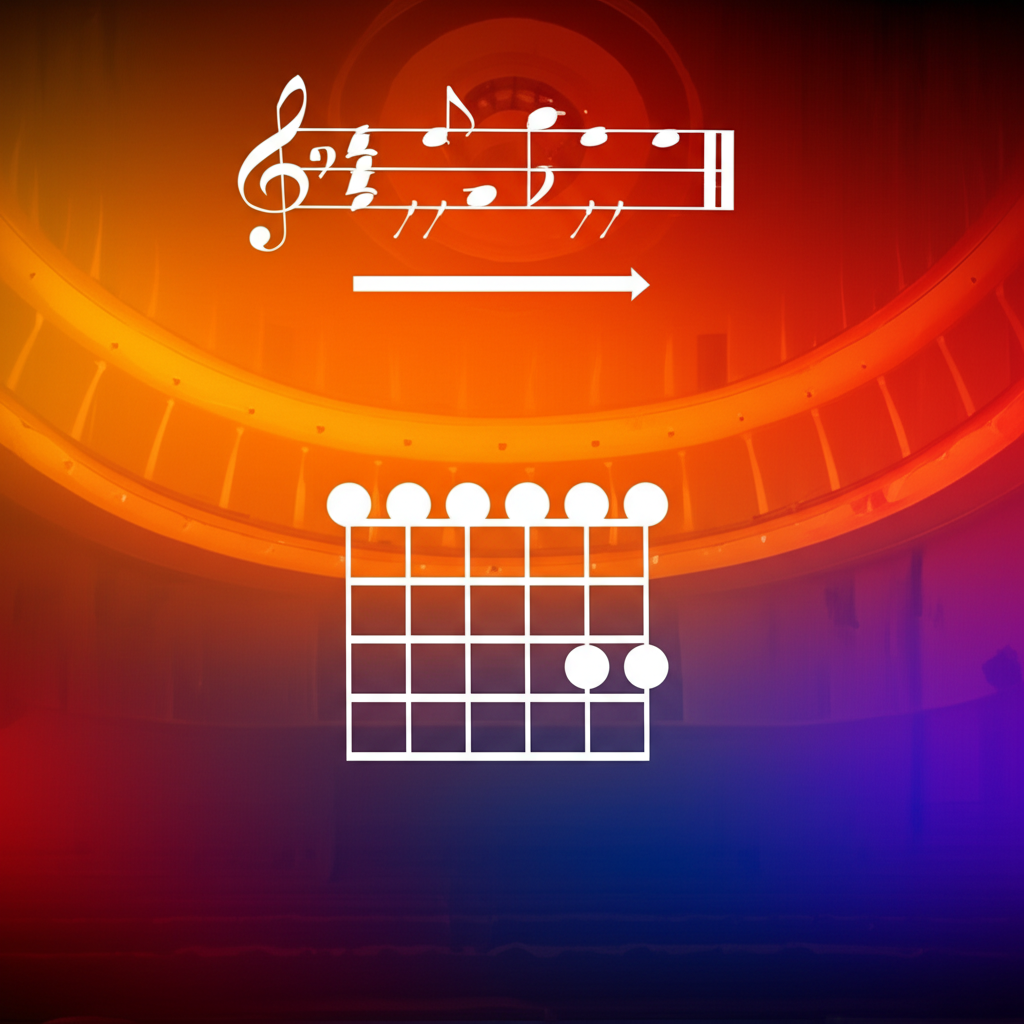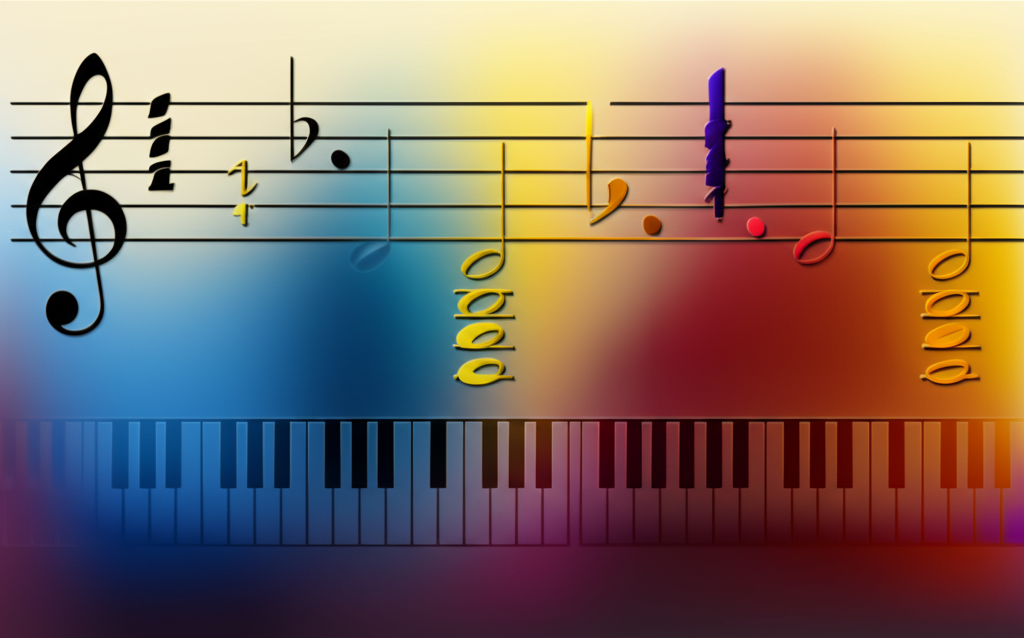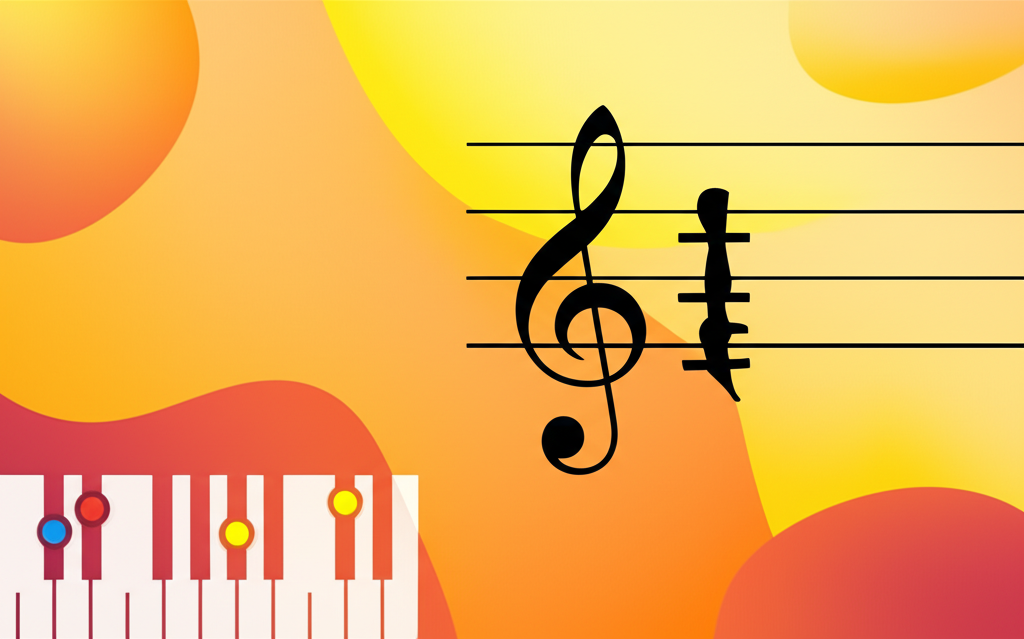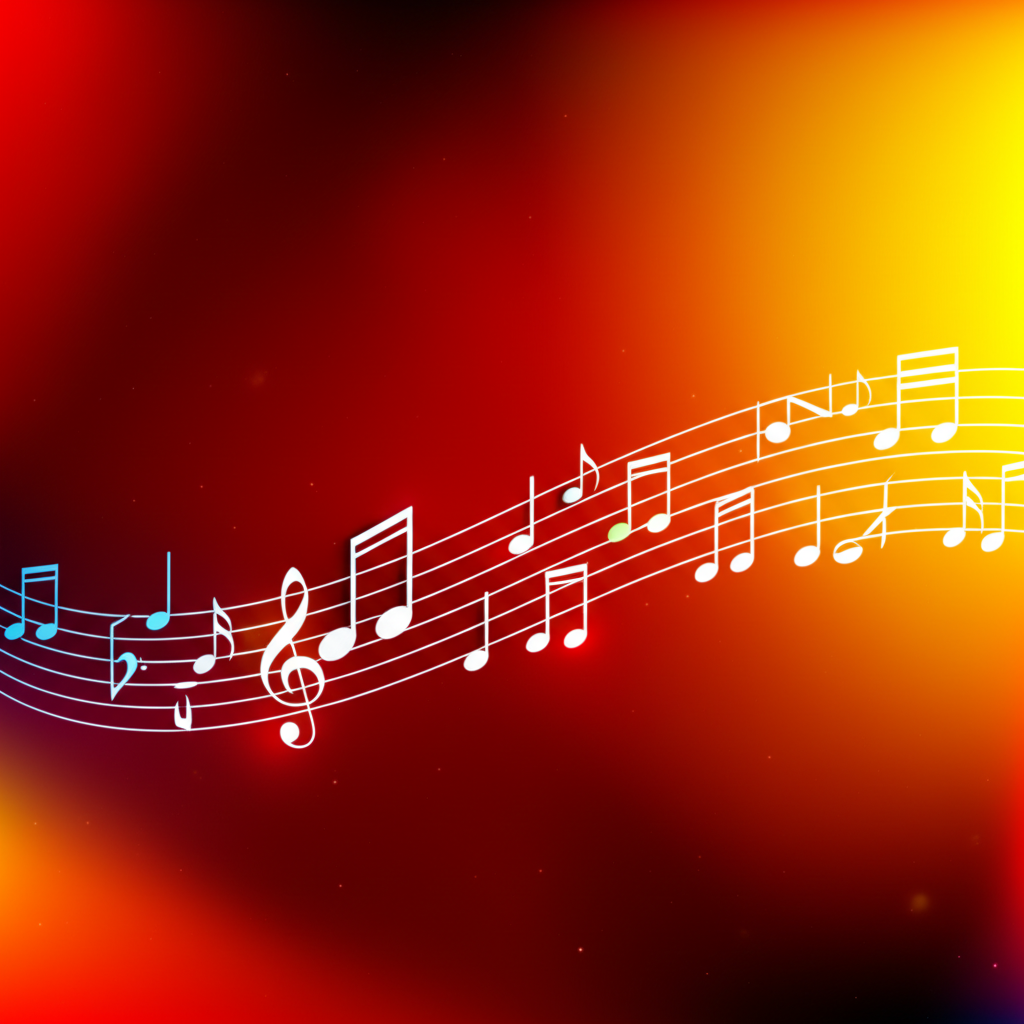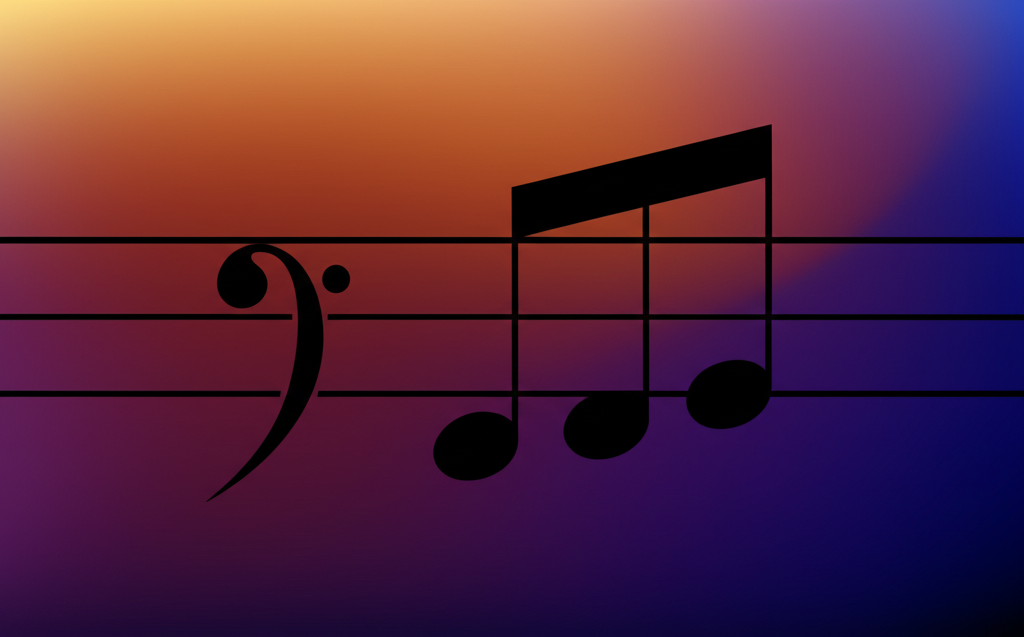
Minor Third

b4n1
May 25, 2025, 2:22 a.m.
Minor Third
Summary:
The minor third is a crucial interval spanning three semitones, serving as the foundation for minor chords and scales. It creates a darker, more melancholic sound compared to the major third, and is essential for understanding modal harmony and emotional expression in music.
Keywords:
minor third, interval, semitones, minor chords, melancholy, modal harmony, emotional expression
Introduction:
The minor third stands as one of music's most emotionally evocative intervals. While the major third brings brightness and joy, the minor third introduces shadow and depth, making it indispensable for expressing the full spectrum of human emotions in music.
Definition and Classification:
A minor third spans exactly three semitones (half steps). Common examples include C to E♭, D to F, and A to C. It's the interval that distinguishes minor chords from major chords, and appears naturally in the minor scale between the first and third degrees.
Examples:
Minor Third Intervals:
Examples of minor thirds in different keys:
Minor Chord Built on Minor Third:
A C minor chord demonstrating the minor third foundation:
Practical Applications:
Minor thirds form the basis of all minor chords and are fundamental to minor scales. They appear in countless classical pieces, blues progressions, and contemporary songs to convey sadness, introspection, or drama. Jazz musicians frequently use minor thirds in improvisation to create sophisticated harmonic colors and emotional depth.
Historical Figures:
Frédéric Chopin extensively used minor thirds in his nocturnes and ballades, creating some of music's most poignant moments. Johann Sebastian Bach employed minor thirds masterfully in his minor key fugues, demonstrating their contrapuntal possibilities. In the 20th century, Bill Evans revolutionized jazz piano by using minor third intervals in innovative voicings that became signature sounds of modern jazz.
Fun Facts:
The minor third has a frequency ratio of 6:5 in just intonation, creating a mathematically pure consonance. Many folk songs around the world naturally gravitate toward minor thirds, suggesting their universal emotional appeal. The blues scale prominently features the minor third against a major chord, creating the characteristic "blue note" tension.
Conclusions:
The minor third represents one of music's most powerful tools for emotional expression. Its ability to transform the character of chords and melodies makes it essential for any serious study of harmony and composition. What new emotional territories might contemporary composers explore through innovative uses of this fundamental interval?
References:
Schoenberg, A. (1983). Theory of Harmony. University of California Press.
Piston, W. (1987). Harmony. W.W. Norton & Company.
Levine, M. (1995). The Jazz Theory Book. Sher Music.
